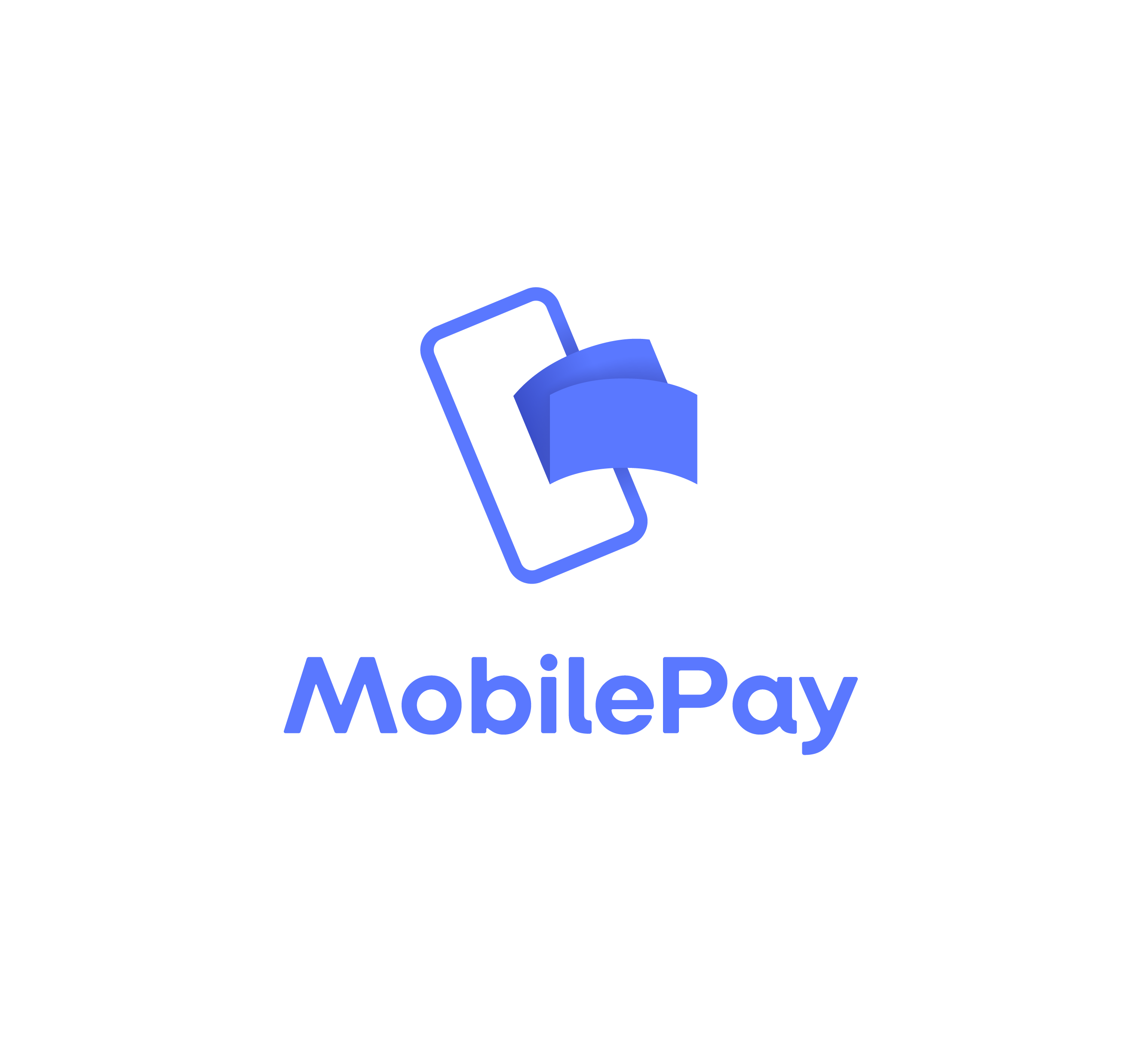Key Takeaways:
- Identifying and automating repetitive tasks can save time and reduce errors.
- Utilizing Kontolink’s features like automatic bill capture and auto-reconciliation can streamline your accounting processes.
- Embracing cloud-based solutions for real-time updates and easy access to financial data.

Introduction
In the modern business landscape, automation has become a cornerstone of efficient accounting practices. Traditional methods often entail a significant amount of manual labor, which not only consumes precious time but also leaves room for human error. Automating your accounting practice can transcend these challenges, paving the way for a streamlined, accurate, and timely management of financial tasks.
1. Identifying Areas for Automation
One of the first steps towards automating your accounting practice is to analyze the existing processes and identify the areas ripe for automation. Common targets include tasks that are repetitive, time-consuming, and require minimal human intervention.
With Kontolink, you can effortlessly automate the process of capturing bills and receipts. The platform automatically fetches these documents from your email, Dropbox, and camera, attaching them to your bank transactions. This feature not only saves time but also ensures that all financial records are accurately matched and stored for easy retrieval.
2. Starting with Basic Tasks
Embark on your automation journey by tackling simpler, yet critical tasks. Areas such as expense management, payroll, and bank reconciliation are ideal starting points. Automating these basic functions can significantly reduce the manual labor involved and minimize the risk of errors.
- Expense Management: Automate the tracking of business expenses to maintain an accurate record and ensure compliance with tax regulations.
- Payroll: Streamline the payroll process to ensure timely and accurate payment to employees.
- Bank Reconciliation: Employ tools that can automatically match transactions with bank statements to keep your books balanced and accurate.
The transition towards a more automated accounting practice is a progressive endeavor. Starting with the basics allows for a smoother adaptation, setting a solid foundation for further automation in more complex areas of your accounting operations.
3. Utilizing Cloud-Based Solutions
Transitioning to cloud-based solutions is a monumental step in modernizing and automating your accounting practice. These platforms provide real-time updates, secure data storage, and easy accessibility from any location. Here are some benefits of cloud-based accounting solutions:
- Real-Time Updates: Get instant notifications about any financial transactions, helping you stay on top of your financial activities.
- Accessibility: Access your financial data from anywhere, anytime, facilitating remote work and on-the-go financial management.
- Security: Benefit from high-level security protocols to keep your financial data safe and compliant with regulatory standards.
Moreover, cloud-based solutions can integrate seamlessly with other business tools, creating a unified system that streamlines your operations.
4. Implementing Accounting Software
Employing robust accounting software is a game-changer in automating your accounting processes. Software solutions offer a myriad of features that automate tasks, reduce manual entry, and provide insightful financial reports. Explore software that caters to the specific needs of your accounting practice, ensuring it aligns with your long-term business goals.
5. Going Paperless with Electronic Billing
Transitioning to electronic billing systems is synonymous with going green and reducing the carbon footprint of your firm. Electronic billing also expedites the invoicing process, ensures accuracy, and provides a convenient way for clients to make payments. By adopting electronic billing, you minimize the chances of lost or delayed invoices, which in turn, accelerates the payment cycle.
Automation in Billing: A Snapshot
- Speed: Send invoices instantly and receive payments faster.
- Accuracy: Eliminate manual errors associated with traditional invoicing.
- Environment-Friendly: Reduce paper waste and contribute to environmental sustainability.
The steps towards a paperless billing system are steps towards a modern, efficient, and environmentally responsible accounting practice.
Absolutely! Let’s wrap up your article with the last section.
6. Real-Time Client Updates
In an era of instant gratification, keeping your clients updated in real-time is no longer a luxury but a necessity. Automated systems allow for instantaneous updates to clients about their financial status, fostering trust and ensuring transparency. By providing real-time insights, you empower your clients with the knowledge they need to make informed decisions, enhancing the client-accountant relationship.
7. Staying Organized and On Top of Transactions
Organizational efficiency is a hallmark of a well-automated accounting practice. With Kontolink, staying on top of transactions is a breeze. The platform maintains an up-to-date list of documents found and those missing, aiding in ensuring that nothing falls through the cracks. Additionally, Kontolink starts with your bank transactions, ensuring that your bank is always reconciled and the balance in the accounts always matches.
Organizational Efficiency: A Closer Look
- Document Tracking: Easily track all necessary documents and ensure they are correctly linked to respective transactions.
- Auto-Reconciliation: Automate the reconciliation process to keep your books balanced without the manual hassle.
- Transaction Management: Maintain a clear overview of all transactions, making financial management more straightforward and less time-consuming.
Conclusion
Automation in accounting is not about replacing the human touch but about enhancing it. By automating repetitive and mundane tasks, accounting professionals can focus more on providing value-added services and building stronger relationships with clients. The journey towards automation requires a strategic approach, and the steps outlined in this article provide a roadmap to modernize and automate your accounting practice efficiently. With tools like Kontolink, the path to automation is simplified, allowing you to transition smoothly and reap the benefits of a streamlined accounting process.



